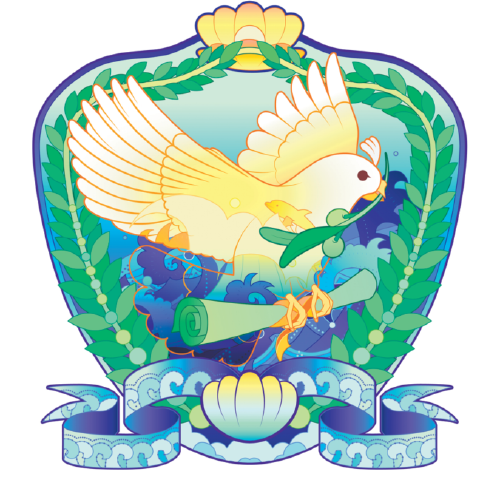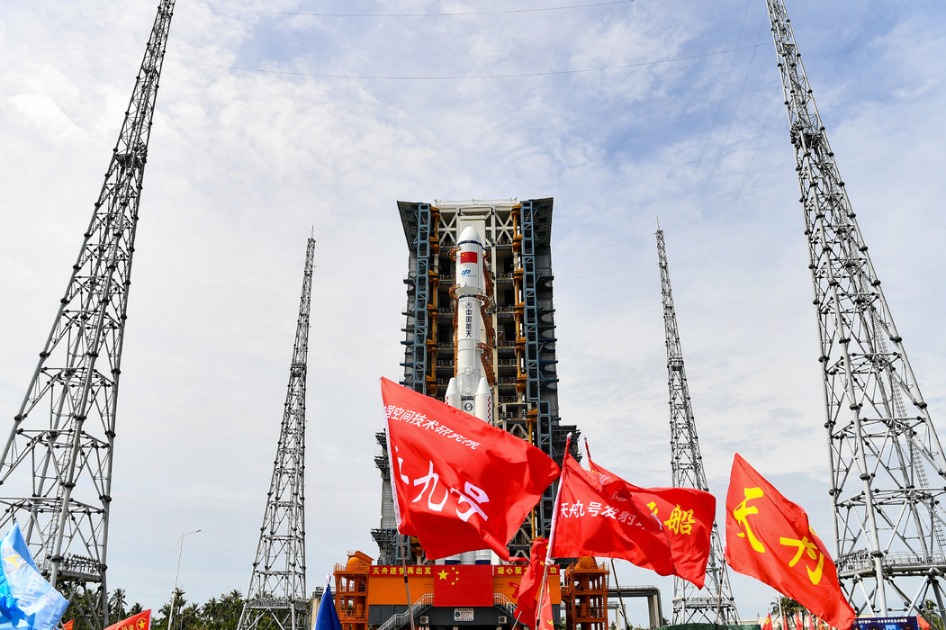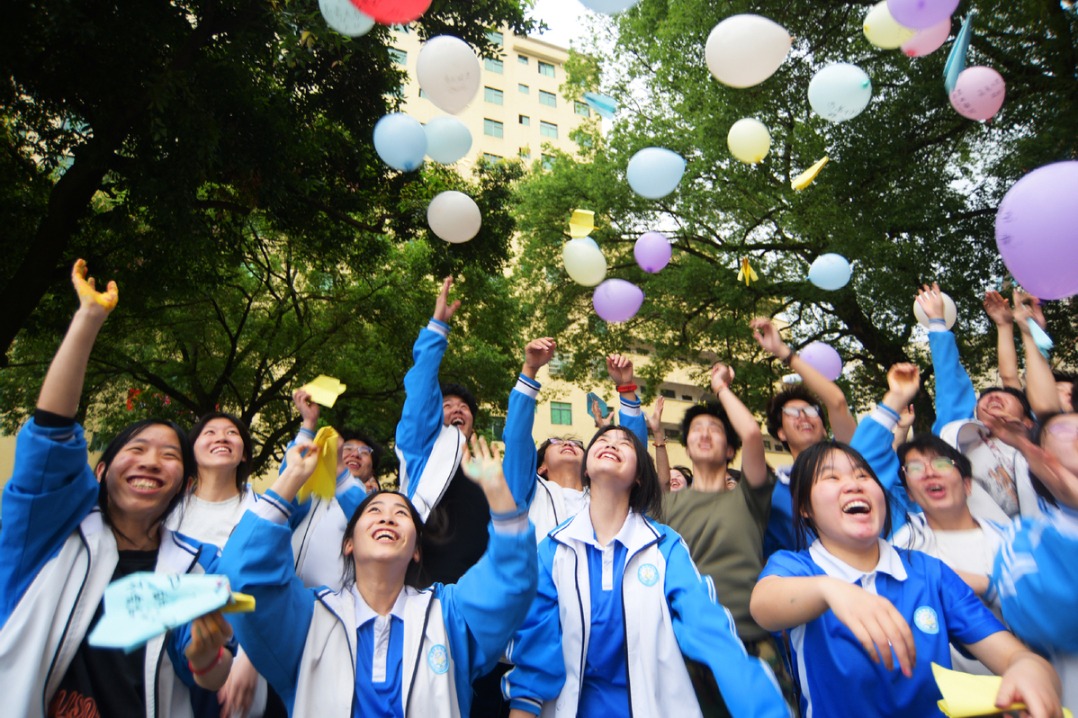Wave for the future


STARLET WANG/FOR CHINA DAILY
China and ASEAN countries should maintain positive interactions on the South China Sea issue
Relations between China and the Philippines have become increasingly tense because of the strengthening of the alliance between the United States and the Philippines and the shift in the South China Sea policy of the Ferdinand Marcos Jr administration. This has once again put the South China Sea in the spotlight. The US views the Southeast Asian region, especially the South China Sea, as a vital support for advancing its "Indo-Pacific "strategy. It is trying to exploit the differences between the Association of Southeast Asian Nations claimant states and China on the South China Sea issue to influence the actions of ASEAN claimant states and the interactions between China and ASEAN.
In this context, ASEAN claimants are also calculating their own interests and choices, such as the Philippines strengthening its alliance with the United States and defense cooperation with Japan and Australia, frequently staging provocations at Ren'ai Reef, Huangyan Island and Tiexian Reef; Vietnam advancing naval cooperation and defense exchanges with the United States; and Indonesia starting strategic dialogues and expanding joint military exercises with the United States.
ASEAN claimant states are intensifying unilateral actions aimed at consolidating their holdings and bolstering their position in the region, leading to increased contradictions and frictions with China in aspects such as the ownership of islands and reefs, the development of resources, and law enforcement, which adds to the uncertainty of the situation in the South China Sea.
Especially since 2023, the Philippines' provocative actions in the South China Sea have become one of the main factors affecting regional stability. The Philippines is deliberately using the media to distort and hype up the legitimate law enforcement actions of China, implementing a so-called assertive transparency strategy, attempting to confuse international public opinion and provide an excuse for external forces to intervene in the disputes between China and the Philippines.
Vietnam, Malaysia, Indonesia are intensifying unilateral actions such as island and reef expansion, and oil and gas exploration and development. In addition, ASEAN claimant states continue to strengthen their naval, air force, and coast guard capabilities. In January this year, during Philippine President Marcos' visit to Vietnam, the Philippines and Vietnam signed an agreement to strengthen their coast guard cooperation.
The Joe Biden administration's "Indo-Pacific" strategy emphasizes shaping the environment around China and using the South China Sea issue to contain China, especially highlighting military and defense cooperation. The US has obtained access rights to nine military bases in the Philippines and has formulated bilateral defense guidelines with the Philippines, restarting joint patrols in the South China Sea.
The US and the Philippines have also accelerated trilateral and quadrilateral cooperation with Japan, Australia, France and others, forming a "US-Philippines+" model. With the support of forces outside the region, the unilateral actions by ASEAN claimant states have become more risky and provocative, which may lead to misunderstandings and misperceptions.
Behind the recent disputes between China and the Philippines, the US not only frequently voices its support for the Philippines, reiterating that the US-Philippines Mutual Defense Treaty applies to the South China Sea and providing support and encouragement to the Philippines, it also provides air and maritime surveillance support for the Philippines' on-site actions, and even directly dispatches littoral combat ships to carry out "freedom of navigation operations" near Ren'ai Reef.
The South China Sea issue remains a highly sensitive issue for China and ASEAN claimant states. On the one hand, the disputes over island and reef sovereignty and maritime demarcation between China and ASEAN claimant states are fundamental contradictions in the South China Sea issue, and it is difficult for all parties to retreat from their existing positions.
Minor contradictions and frictions, if not timely addressed, could easily lead to escalation and loss of control under the incitement of public opinion. The South China Sea currently lacks effective regional crisis management mechanisms, and although there are some bilateral crisis management channels, they often fail to function effectively in the event of incidents.
On the other hand, ASEAN claimant states continue their dual approach to the South China Sea issue, maintaining consultations and dialogues with China while also attempting to take advantage of the opportunity of increased involvement by major powers in the South China Sea affairs, as well as the time window before the Code of Conduct is reached to consolidate and expand their own interests.
Despite the risks and challenges, it is also important to note that the relationships between China and most ASEAN claimant states are generally controllable, and there remains a basic consensus among all parties on the need to maintain peace and stability in the South China Sea.
China maintains high-level dialogues and consultations with Vietnam, Malaysia, and other claimants on the South China Sea issue and continues to promote pragmatic maritime cooperation. For example, China and Vietnam regularly conduct joint naval and coast guard patrols in the Beibu Gulf, and the China-Vietnam coast guards hold young officer exchange activities.
Even though there are frictions between China and the Philippines, the two sides have not cut off all communication and exchanges. In January of this year, China and the Philippines held the eighth meeting of the bilateral consultation mechanism on the South China Sea issue, and a Chinese naval training ship also visited the Philippines last year.
Moreover, China and the ASEAN countries are actively advancing consultations on a Code of Conduct for the South China Sea. Currently, the two sides have completed the second reading of the draft code and have officially started the third reading, moving a step closer to reaching an effective, substantial, and legally binding Code of Conduct at an early date.
The interaction between China and ASEAN claimant states on the South China Sea issue is a long-term and complex process. Ensuring the overall stability of the regional order and controlling the systemic pressures brought about by major power competition, sovereignty disputes, and other factors are very important for both China and ASEAN countries.
China and the ASEAN claimant states should focus on their common interests and peace and stability in the South China Sea, and maintain positive interactions on the South China Sea issue.
Both sides should adhere to friendly consultations and exchanges within the framework of bilateral consultation mechanisms, enhance their mutual understanding of the maritime situation, handle crises in a timely manner, avoid any escalation and loss of control, and prevent local incidents from undermining the overall situation of bilateral relations and regional peace and stability.
They should accelerate cooperation in areas such as the blue economy, marine ecological construction, and marine culture, enhance communication and exchanges in the military and defense fields to build mutual trust and create favorable conditions for properly handling the maritime disputes and constructing a regional order that aligns with the interests of China and ASEAN countries.
The author is a researcher at the International Strategic Research Institute at the Party School of the Communist Party of China Central Committee (National Academy of Governance). The author contributed this article to China Watch, a think tank powered by China Daily.
Contact the editor at editor@chinawatch.cn.


































